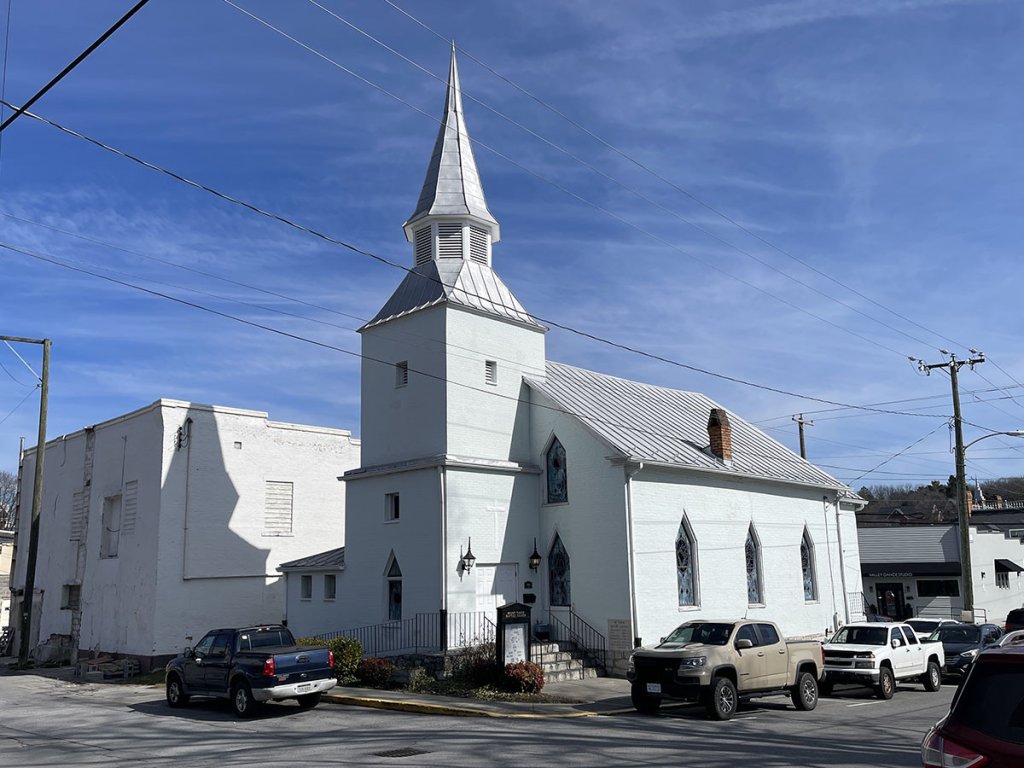Black History in the Greenbrier Valley
From colonial times to the space age, black Americans in the Greenbrier Valley changed history.

From colonial times to the space age, black Americans in the Greenbrier Valley changed history.
There are people today going about their lives of work and family who owe their existence to the heroism of enslaved Dick Pointer in defending their ancestors as a colonial fort was under attack. His grave and a historical marker are near Carnegie Hall.
Pointer grabbed a musket to help defend Fort Donnally near Lewisburg when Shawnee warriors attacked in 1778.
Katherine Johnson earned such a reputation for excellence while she was working as a human computer for NASA that astronaut John Glenn trusted his life to her. In 1962, he specifically asked for Johnson to check the trajectory numbers that would make him the first American to orbit the Earth.
Johnson, born in White Sulphur Springs, also changed West Virginia history in 1939 when she became one of the first three black students selected to enroll in a graduate program at West Virginia University.
Pictures highlighting her achievements are on display at the White Sulphur Springs Public Library.
Born in White Sulphur Springs, Katherine Johnson became famous for her work as a human computer at NASA.
Downtown Lewisburg offers many opportunities to explore black history.
Bolling School is named for black educator Edward A. Bolling. Originally known as the Lewisburg Colored School, the structure was built by an effort of community members following the Civil War. In the 1930s, it expanded from eight grades to twelve. It was a huge achievement, providing the only high school for black students in the counties of Greenbrier, Monroe and Pocahontas.
The Bolling School motto was “Think big; do big; act big.”
The Greenbrier County Board of Education closed the school in 1964 as its students integrated into other county schools.
Bolling School is located in the neighborhood of the Maple Street Historic District. The district, also known as Gospel Hill, is located on Lewisburg’s highest residential hill, according to the 1987 nomination form submitted to the National Register of Historic Places:
“The Maple Street Historic District is significant as the only remaining intact residential area of Lewisburg that is representative of 19th and early 20th-century worker’s architecture,” and serving as “a focal point of Black history in Lewisburg.
“Most of the properties date from about the turn-of-the-century (ca.1900) when the railroads were penetrating the Greenbrier Valley and the great lumber boom of this region was in full swing.”
Two downtown Lewisburg churches that were built by white settlers became the home of black congregations after the Civil War.
The John Wesley Methodist Church was constructed in 1820 of brick burned on the site, according to the 1974 National Register of Historic Places nomination form. At that time of the nomination, the form noted, “The present membership has within its body grandchildren and great-grandchildren of former slaves who had been brought to the balcony for their souls’ sake.”
Visitors to the church on East Foster Street can see the repairs to the southwest wall, where a cannonball struck during the Battle of Lewisburg in May 1862.
It was a powerful blast, as the nomination described: “This ball passed through the wall above the gallery, crossed to and went through the east wall under the balcony.”
Mount Tabor Baptist Church, a brick Gothic building, sits at the corner of Court and Foster Streets. It was constructed in the 1830s and known as Lewisburg Baptist Church. After the Civil War, the few remaining white members began joining other churches. The enslaved black congregants, who previously had been confined to the gallery during worship, were granted their request to continue to meet at the church, according to the National Register of Historic Places nomination.

In 1884, the surviving white trustee of the original Lewisburg Baptist Church made a court request to sell the building and lot, an action that would have left the Mount Tabor congregation homeless. Trustee William Foglesong stated to the court that the “petitioner thinks, believes and alleges that said building is entirely useless to those for whose use it was erected,” referring to the original white congregation.
The court decided that the black congregation had the right to elect new trustees to replace those who had died. After a two-year court battle, the current congregation was declared to be the rightful owner.
Mount Tabor Baptist Church itself became a symbol of transfiguration, not just for its congregation, but for a step forward in black history.
To learn more about African American history in Greenbrier County, the North House Museum offers exhibits on the topics of slavery, the Civil War, Reconstruction, the Jim Crow era, the Civil Rights movement and Bolling School.
Researched and written by Belinda Anderson.
One of Belinda’s favorite interviews was with the late Allan Galloway, who was the only black member of the football team while he was a student at Alderson High School, at the beginning of school integration in America. His story can be read in Volume II of Alderson Main Street’s history series.
Join the Greenbrier Valley enews, and stay connected with the latest news and happenings... with a few extra perks only for our subscribers!